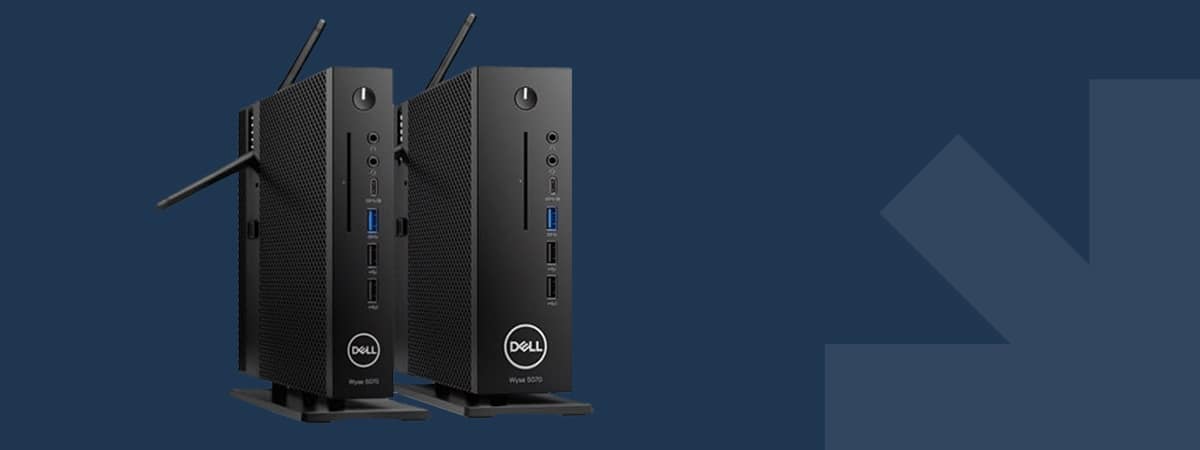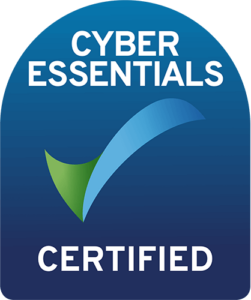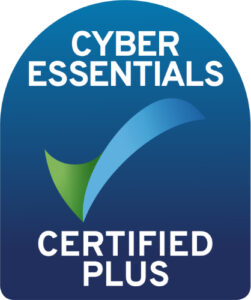SAP Business One can deliver both models, with various pros and cons.
Fat Client Model
In a fat client model, the server’s role is to hold the data. The client is used to perform the majority of the processing and to present this to the user. In this model, the following process occurs:
- The client connects to the server and makes its requests
- The server pushes the data across the network to the client
- The client processes the data and performs any actions requested by the user
- The data is pushed back to the server for storage
Fat Client Pros & Cons
Pros:
- Servers can be cheaper as there is minimal reliance on server resources
- Activities performed on clients have minimal effect on the performance of others
- Fat client applications can offer a richer user interface and experience
Cons:
- Due to each client passing data over the network, the volume of data traffic increases. Over a modern office network, this can be negligible, but it can cause issues if you’re working over the internet or over multiple physical locations.
- Each client needs to be maintained independently. If an update is required, this will need to be rolled out on all of the client PCs.
- Clients must meet the performance requirements which can become expensive. These costs can multiply if the client hardware falls short of the requirements needed to run future versions.
- There’s a lack of flexibility in connecting clients as only clients with the appropriate applications can connect to the server.
Thin Client Model
With a thin client model, the server’s role is to hold the data and process the application. The client is used to present this to the user. A thin client is often referred to as a “dumb terminal” as they need little processing power or maintenance. In this model, the following process occurs:
- The client presents the application and feeds back user interactions to the server
- The server processes the data and performs any actions requested by the user.
Thin Client Pros & Cons
Pros:
- With such little processing required, clients can be cheaper. They can also be very flexible as there is no need to have pre-installed client applications.
- Only the server needs to be maintained and updated.
- If the server hardware falls short of the requirements for running the future versions of the application, there is only one element to upgrade. This is often cheaper than updating multiple clients.
- Due to the server performing the processing, the data traffic volumes are minimal. This allows the client to connect to the server, from anywhere with reasonable internet bandwidth.
Cons:
- The server must meet the performance requirements, and this can cost a lot more money.
- Activities performed by other users can impact performance if the server is not scaled appropriately.


